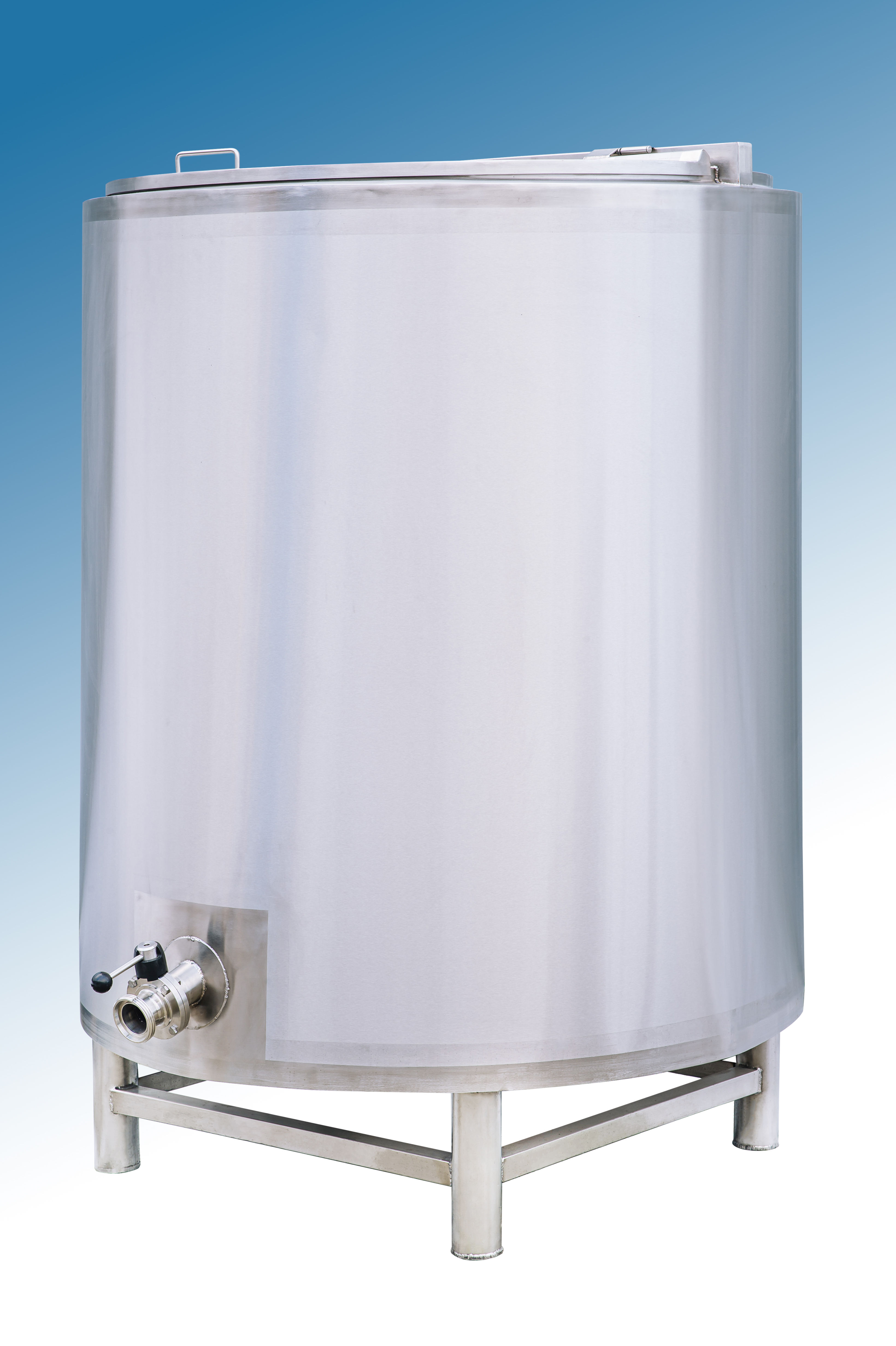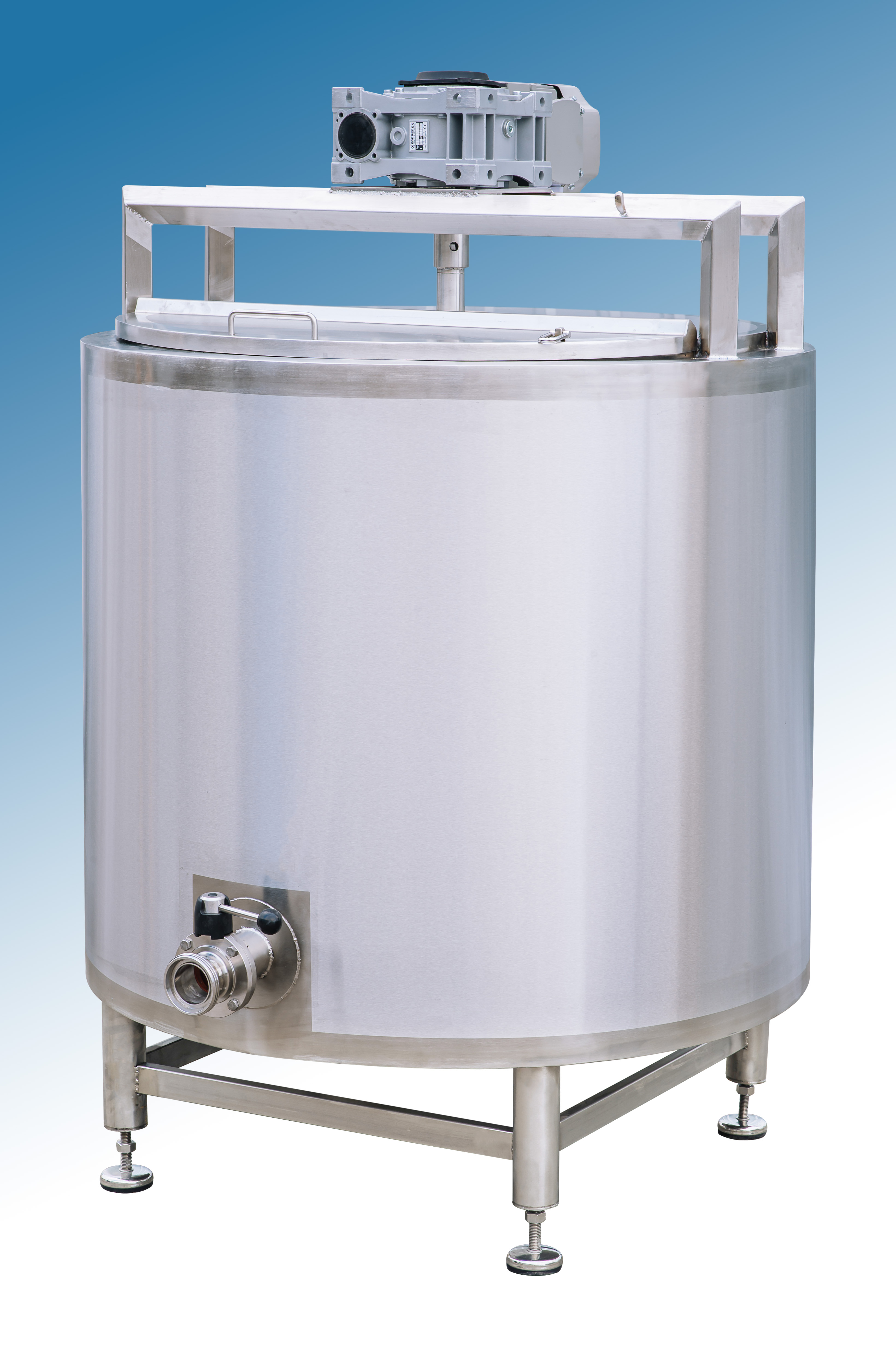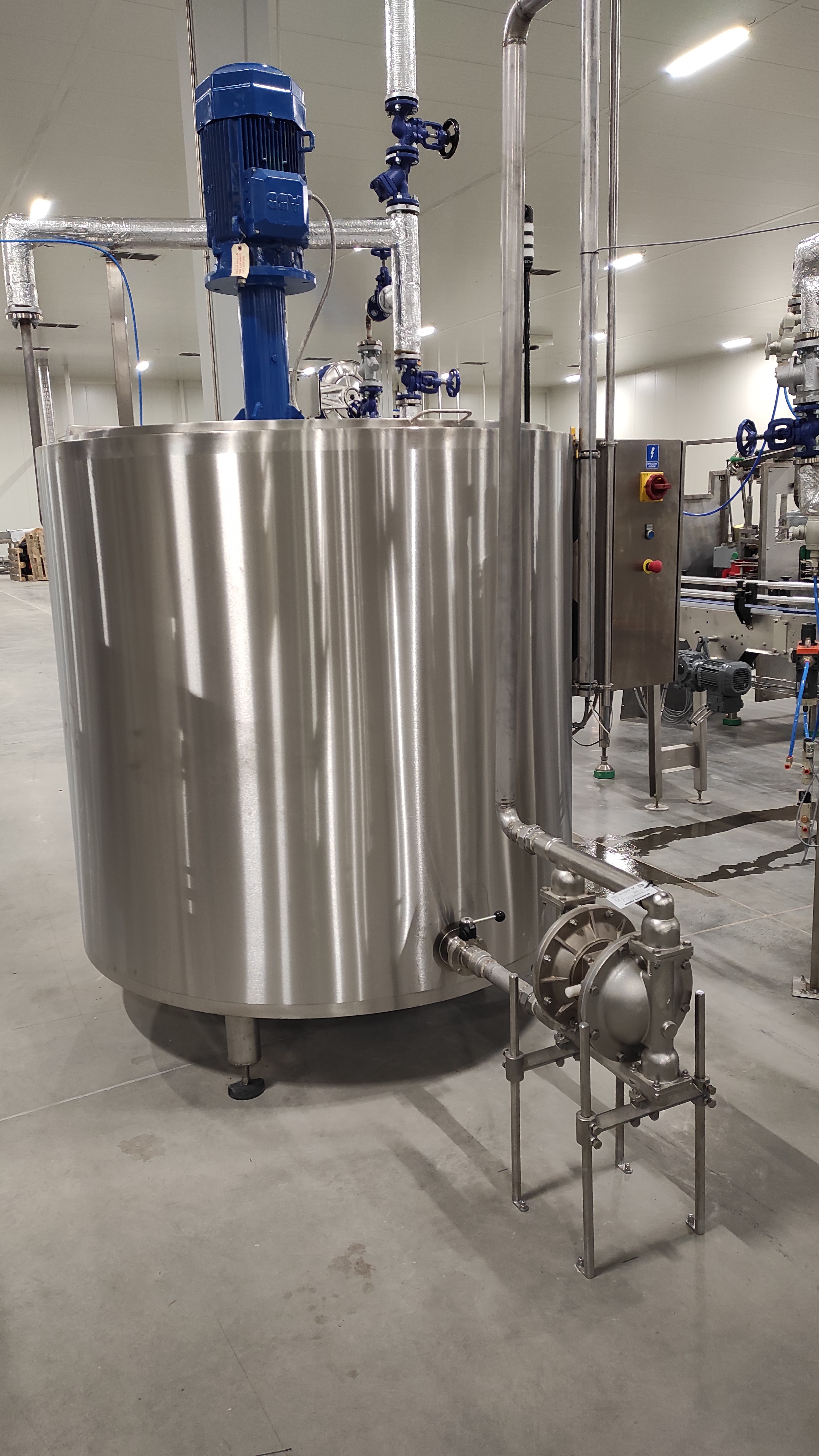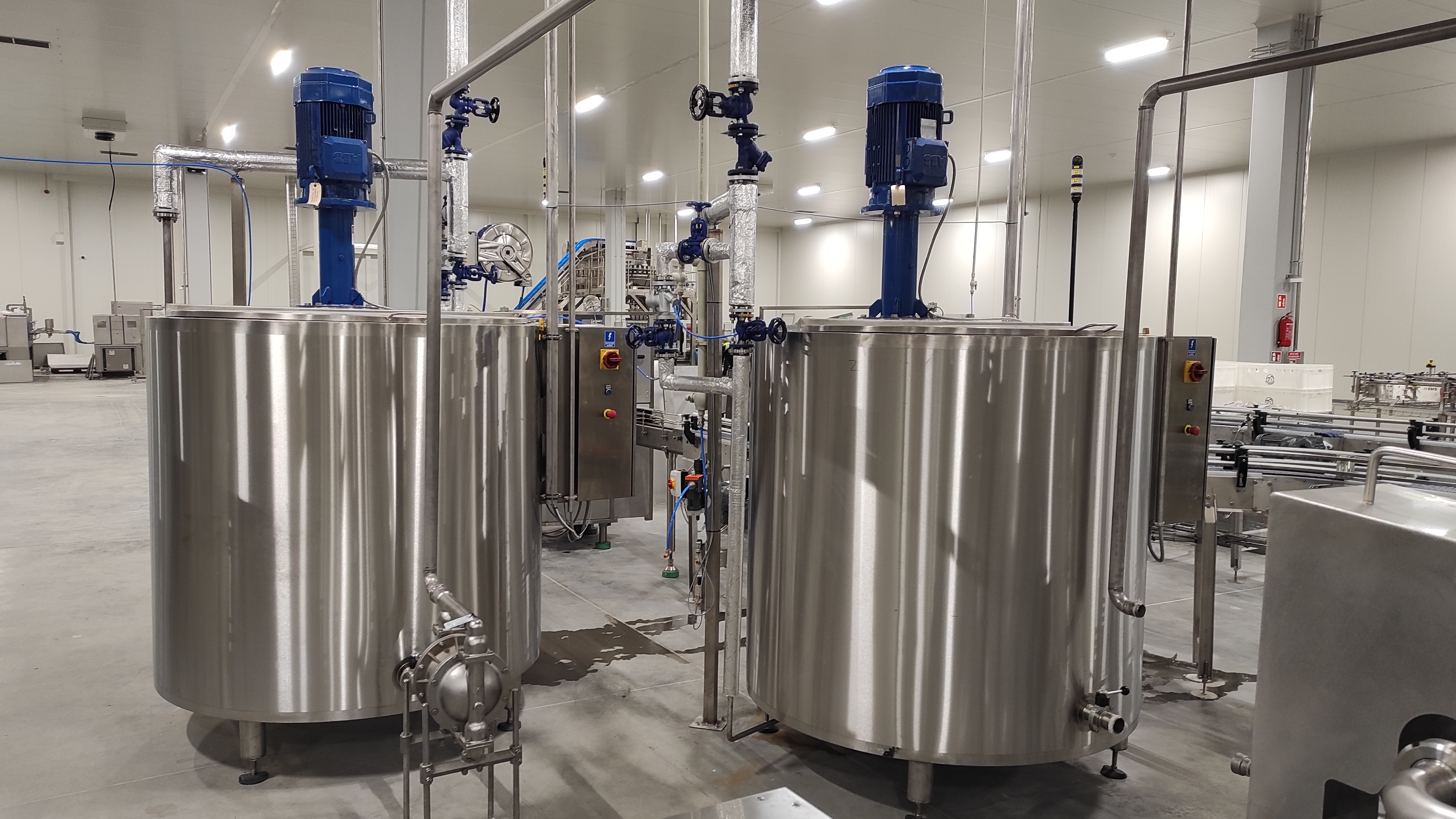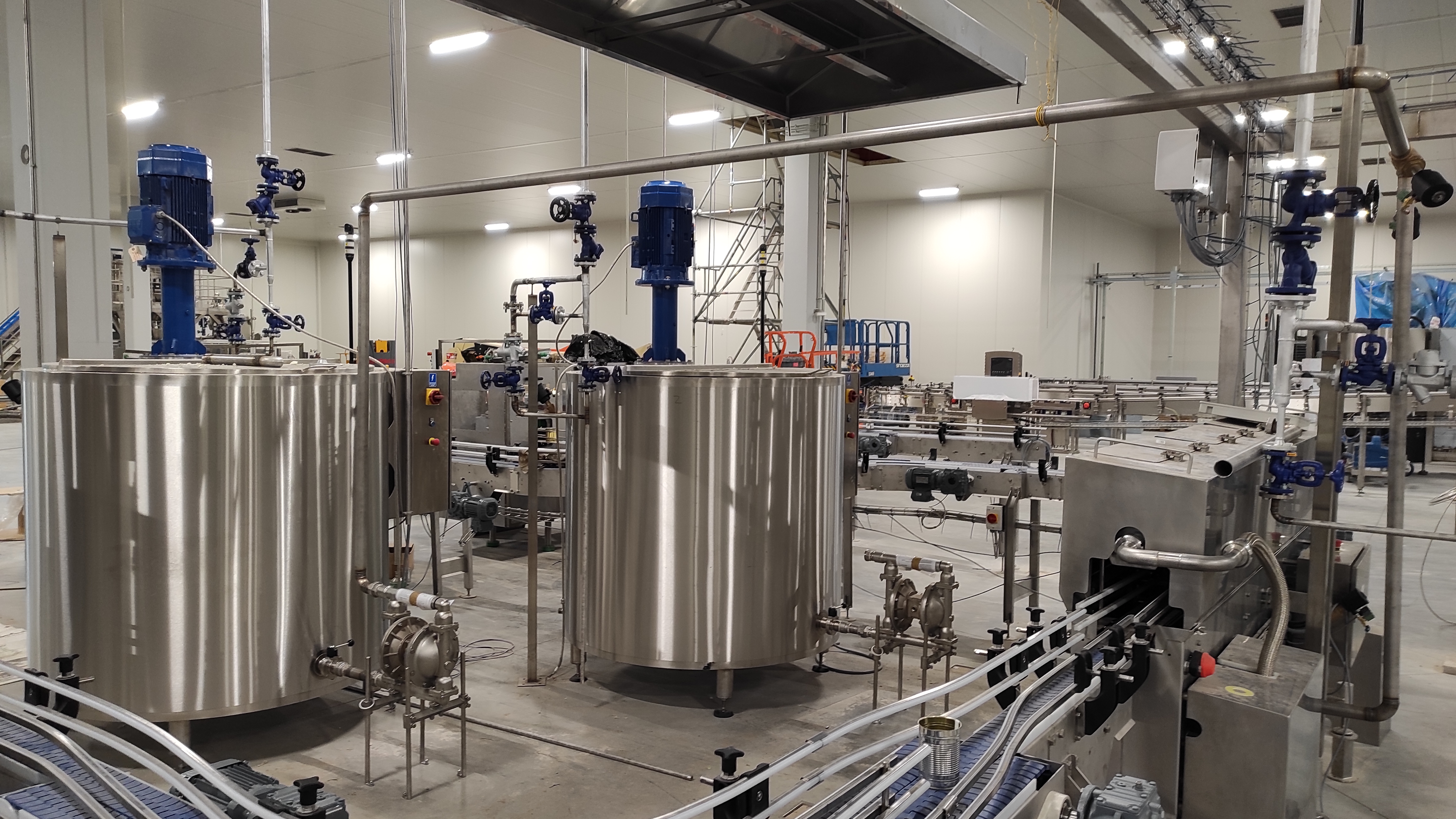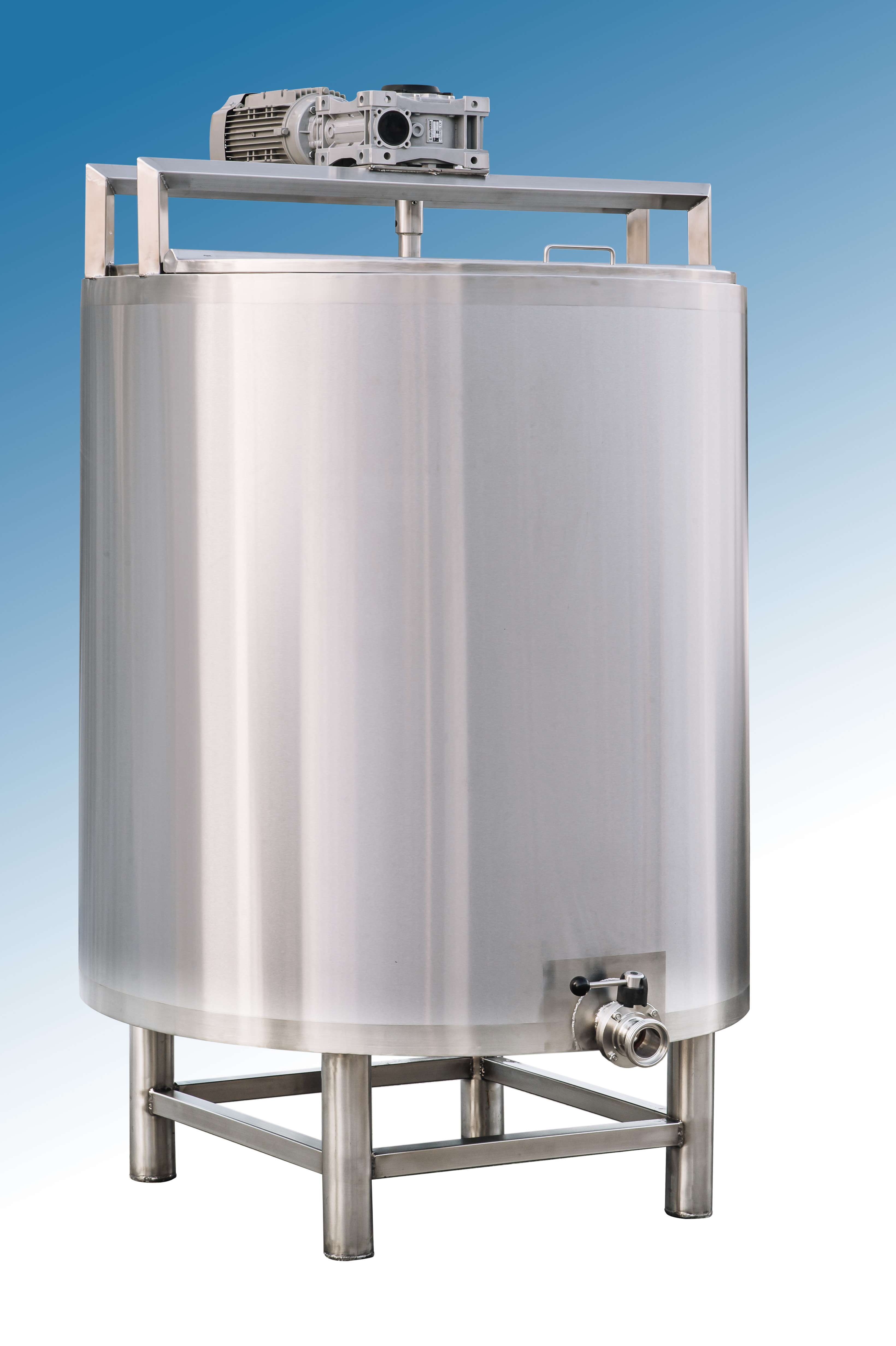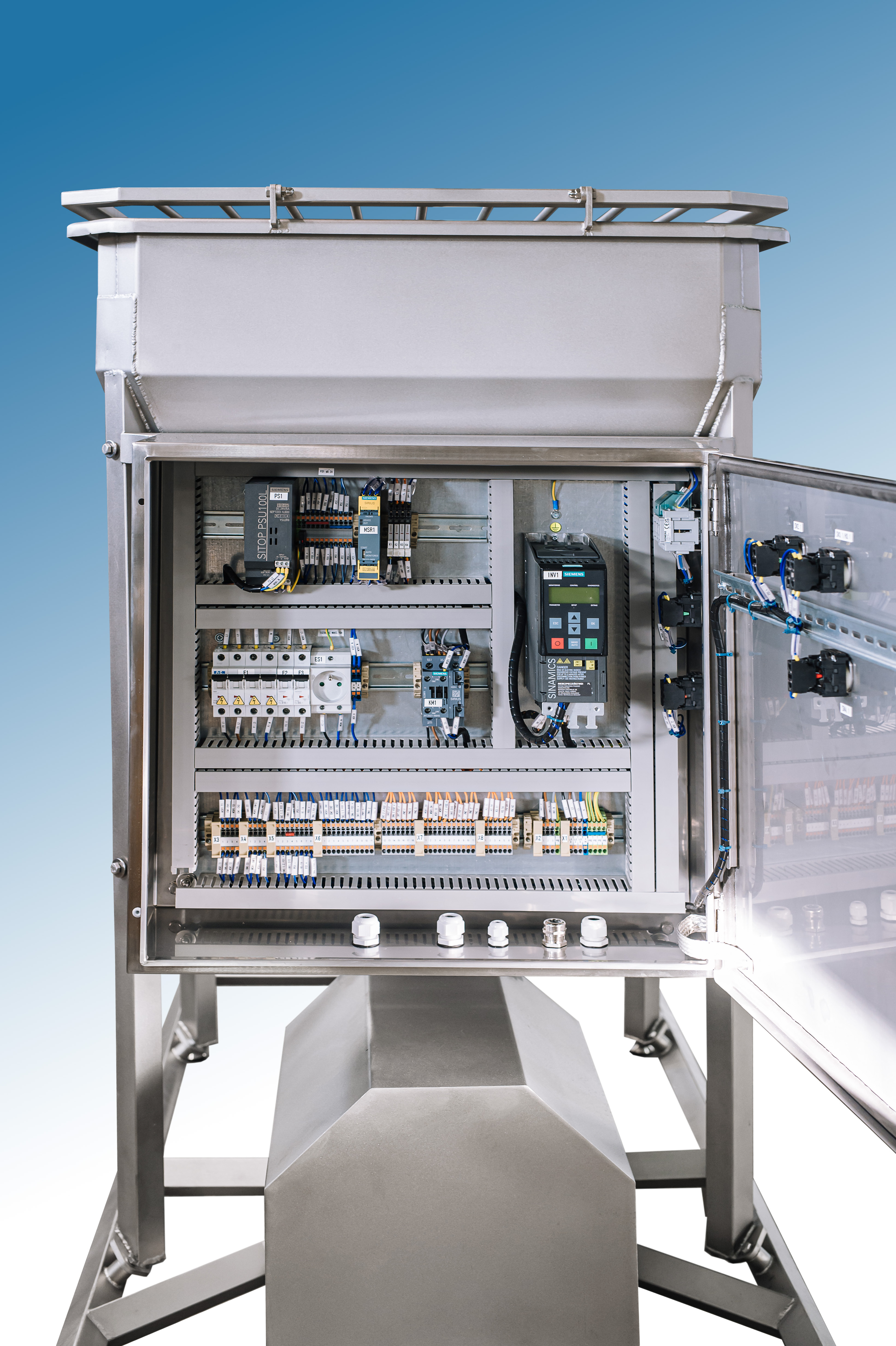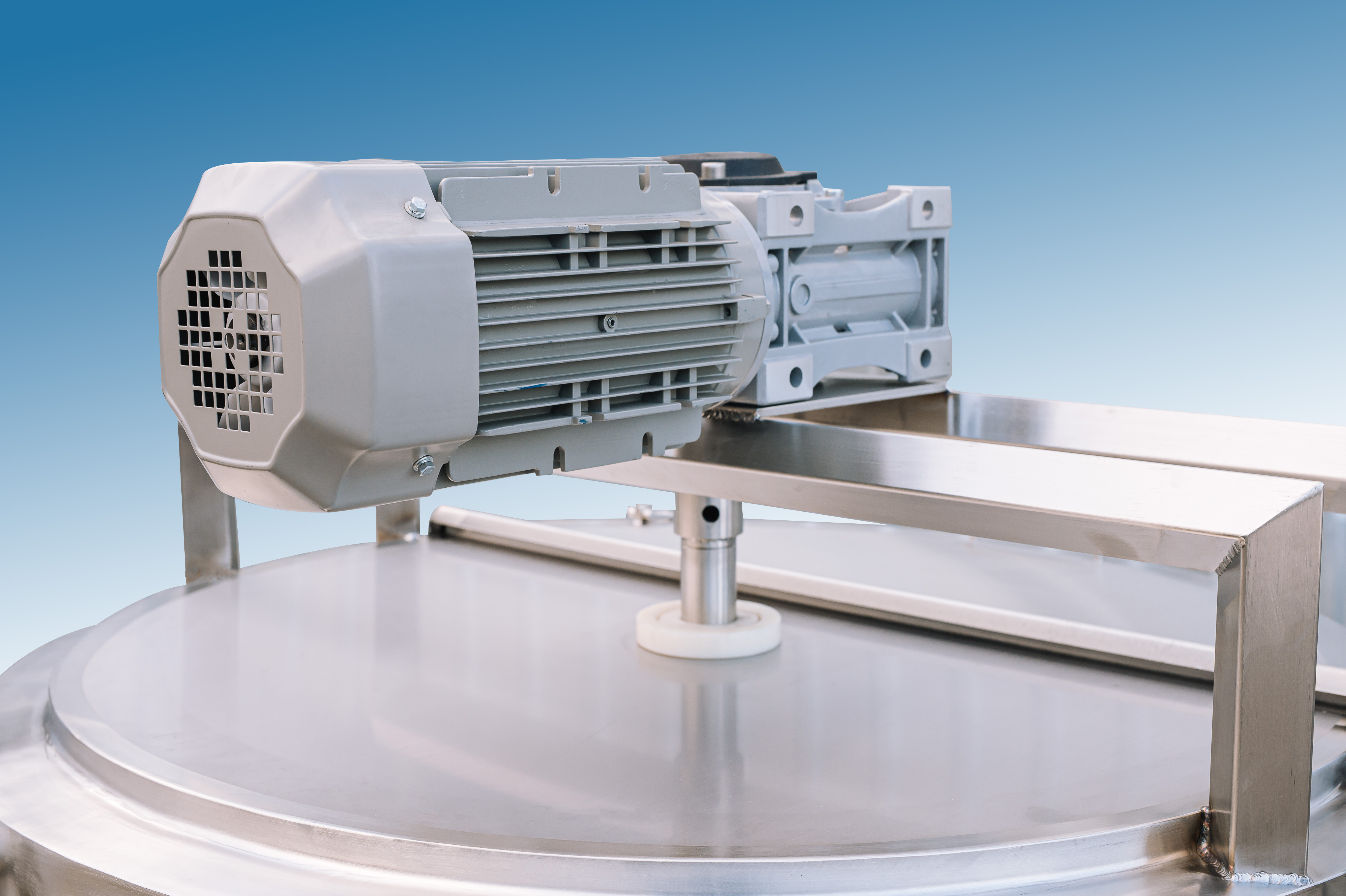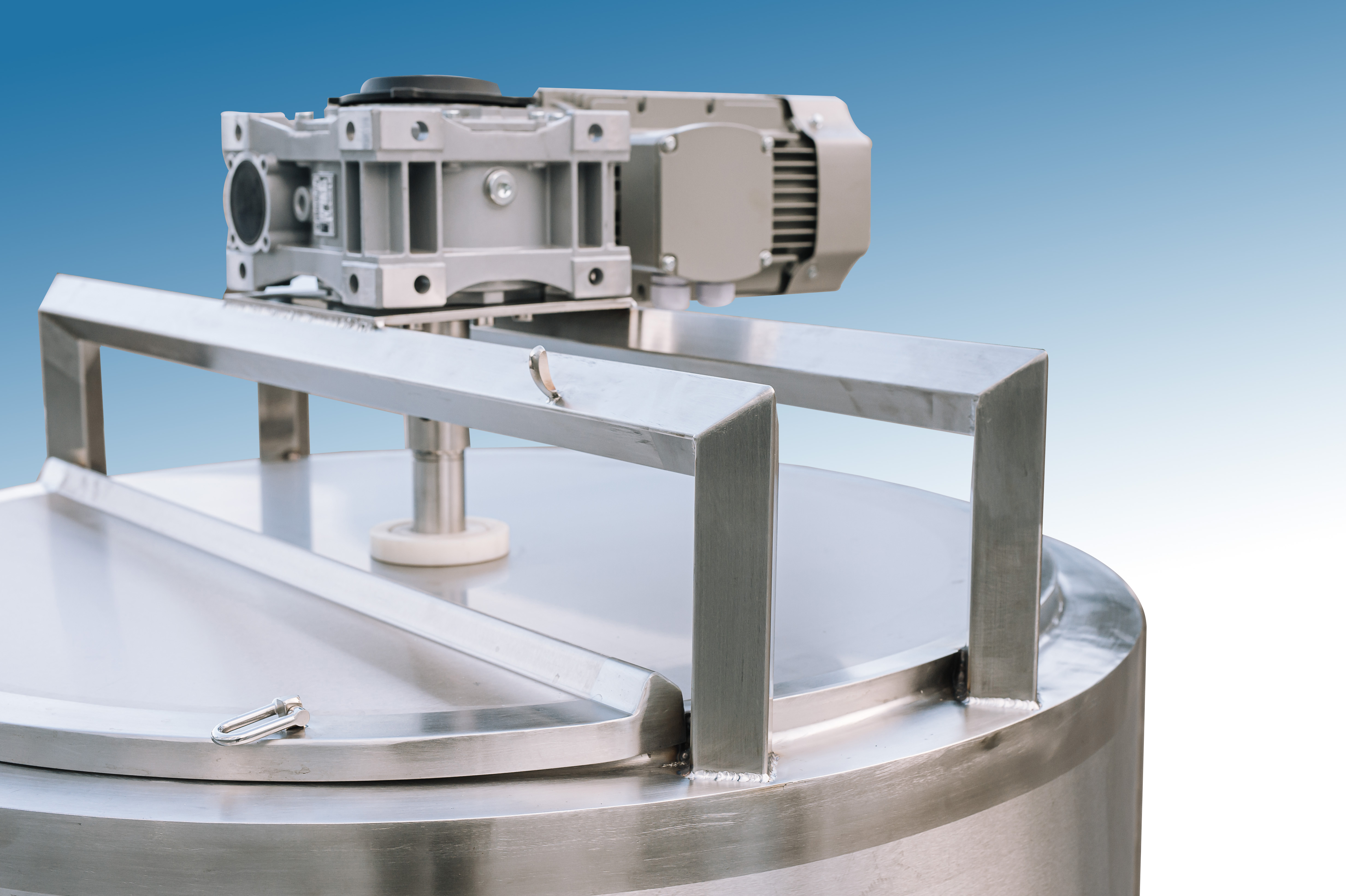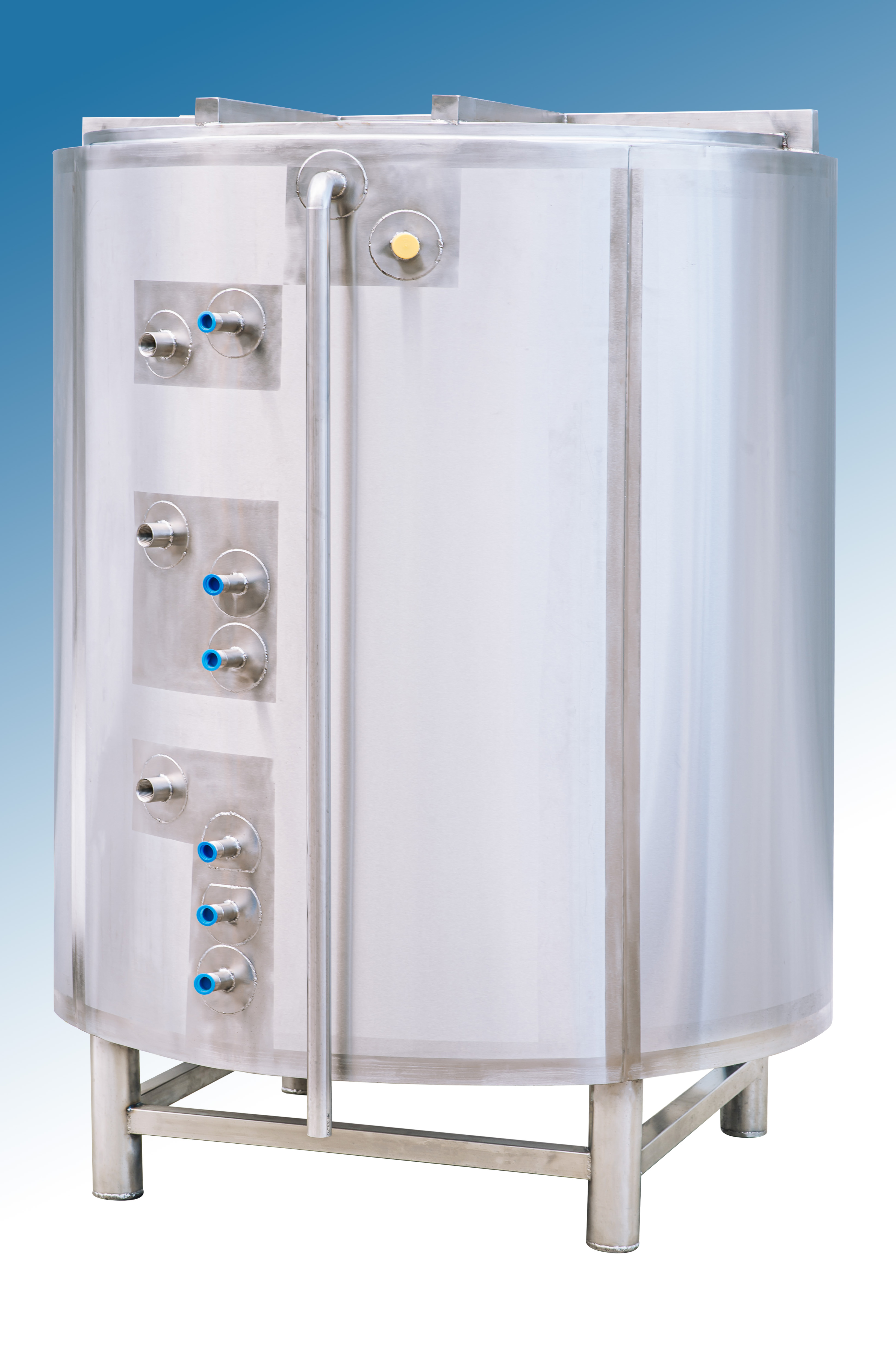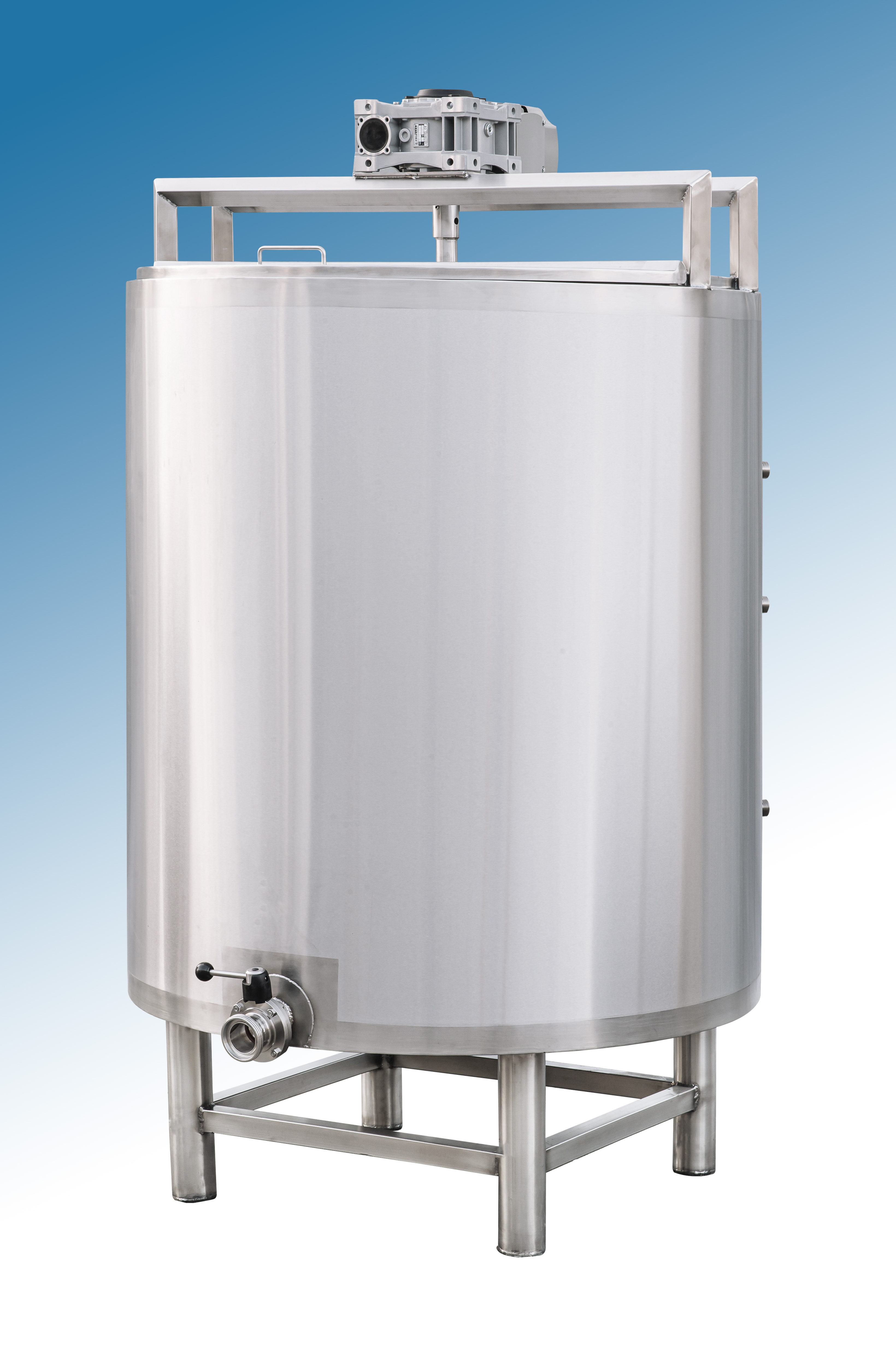Pasteurization
Pasteurization involves heat treatment of substances, which aims to curb or destroy almost all of pathogenic microorganisms while maintaining the taste of the products and to avoid a reduction in their nutritional value . Main task of pasteurization is to extend the life of a product . This name comes from the Louis Pasteur, who developed the method . Commonly, the products are heated to a temperature of 70 ° C to 100 ° C. Pasteurization are subject products such as milk, wine, beer, meat, cold cuts and fruit (marmalades, jams, juices). Pasteurized products are stored in airtight containers.
We distinguish two types of heat treatment:
- long Pasteurization – treatment at a low temperature of 63 ° C for 30 minutes.
- mild pasteurization – mild treatment at 72 ° C for 15 – 30 seconds.
The table below shows the temperature and the time accepted as sufficient to destroy pathogens.
The minimum time-temperature combination recommended for pasteurization by the Board d / s Articles Food and Drug Administration (FDA).
| Dairy Products | Method | Temperature [ ºC ] | Time |
|---|---|---|---|
| Milk: normal, low-fat, skim | LTLT * | 62,8 | 30 min. |
| Cream, milk with chocolate | LTLT | 65,6 | 30 min. |
| Ice Cream | LTLT | 68,3 | 30 min. |
| Milk: normal, low-fat, skim | HTST ** | 71,7 | 15 s |
| Cream, milk with chocolate | >HTST | 74,4 | 15 s |
| Ice Cream | HTST | 79,4 | 25 s |
| Milk: normal, low-fat, skim | HTST *** | 88,3 | 1 s |
| Milk: normal, low-fat, skim | HTST | 90 | 0,5 s |
| Milk: normal, low-fat, skim | HTST | 94 | 0,1 s |
| Milk: normal, low-fat, skim | HTST | 95,5 | 0,05 s |
| Milk: normal, low-fat, skim | HTST | 100 | 0,01 s |
| All liquid products | U-P **** | 137,8 | 2 s |
LTLT * – low temperature, long time pasteurization or baths (detention method )
HTST** – high temperature short time pasteurization.
U-P **** – ultra-pasteurized heating can take place before or after packaging.
General guidelines that must be taken into account when pasteurizing:
– Milk should be pasteurized as soon as possible after milking. Warm milk can be pasteurized faster than the pre-cooled milk. This prevents the growth of bacteria.
– Once the target temperature is reached we should cool dwn the substance as fast as possible.
– After pasteurization we should carefully and thoroughly washe the pasteurizer.
Margo company also produces many types of mixing tanks . The mixing tank as a device for heat treatment of milk is used in the dairy industry. However, it may also be applicable in other industries: food, chemical or pharmaceutical industry, as well as where there is a required processes for mixing, heating and cooling products.
All of Margo tanks are produced from stainless steel material AISI 304 or AISI 316 .
Our tanks have many benefits:
- Made in accordance with applicable standards,
- Easy to clean and maintain thanks to excellent finish and accessibility to all components,
- Control panel designed in accordance with the needs of the individual customer,
- Possibility of multiple processes in a single device (heating, mixing and cooling substances),
- Easy to use,
- Environmentally friendly,
- Manufactured for long-term and reliable operation of high-quality steel,
- Have low energy consumption and are very efficient.
The mixing process is done by a single rotary mixer. Depending on the substance we want to mix, we can use a paddle , screw or a frame stirrer. Both the gearbox and agitator speed is matched to the individual needs of the customer, taking into account the type and density of the substance.
Each Mixer is equipped with a control panel has an electronic thermostat programmed according to customer expectations.
Mixing Tanks produced by Margo have:
– Three coats (inner jacket , heating jacket and the outer jacket is made of stainless steel grade 304 or 316 , between the heating jacket and the outside is a layer of insulation made of polyethylene foam or glass wool).
– Two coats (inner jacket , heating jacket)
– One coat (inner sheath )
The tank may be made of stainless steel grade 304 or 316, depending on the nature of the substance .
Selecting the appropriate heater to the temperature rise and the capacity of the mixer.
|
Time Of Pasterization
|
Pasteurizers capacity in [ liters ] | ||||||||||
| 100 | 150 | 200 | 250 | 300 | 350 | 400 | 450 | 500 | 550 | 600 | |
| Heater power in [kW] for a temperature increase of 10 ° C | |||||||||||
| 30 min | 3,3 | 4,4 | 5,6 | 7,0 | 8,1 | 9,3 | 10,7 | 12,1 | 13,3 | 14,7 | 15,9 |
| 60 min | 1,6 | 2,2 | 2,8 | 3,5 | 4,1 | 4,6 | 5,4 | 6,1 | 6,7 | 7,4 | 7,9 |
| 1 h 30 min | 1,1 | 1,5 | 1,8 | 2,3 | 2,7 | 3,5 | 4,0 | 4,6 | 5,0 | 5,5 | 5,9 |
| 2 h | 0,8 | 1,1 | 1,4 | 1,8 | 2,0 | 2,3 | 2,7 | 3,0 | 3,3 | 3,7 | 3,9 |
| 2 h 30 min | 0,7 | 0,9 | 1,1 | 1,4 | 1,6 | 1,0 | 2,1 | 2,4 | 2,7 | 2,9 | 3,2 |
| 3 h | 0,6 | 0,7 | 0,9 | 1,2 | 1,4 | 1,0 | 1,8 | 2,0 | 2,2 | 2,5 | 2,6 |

